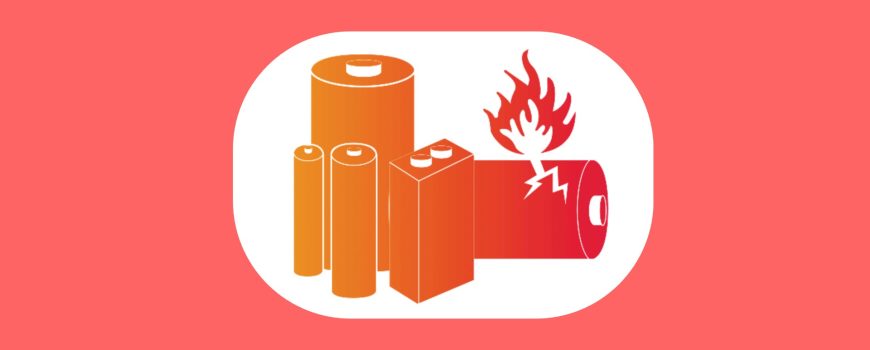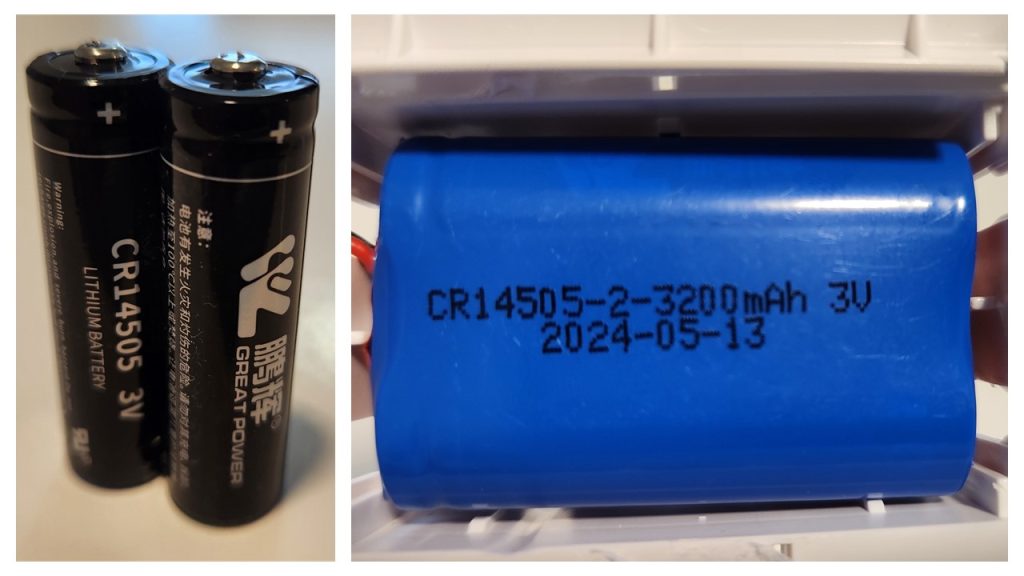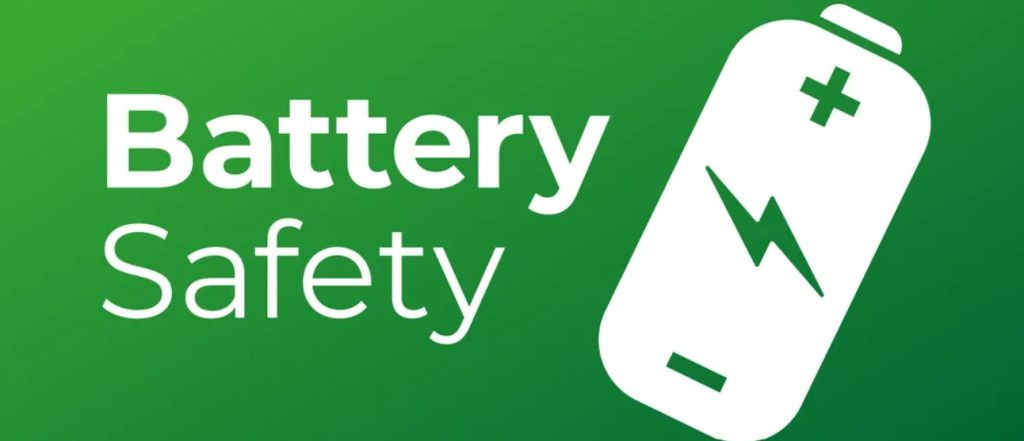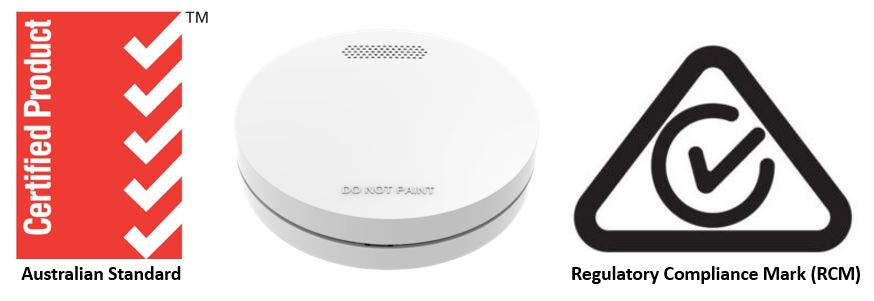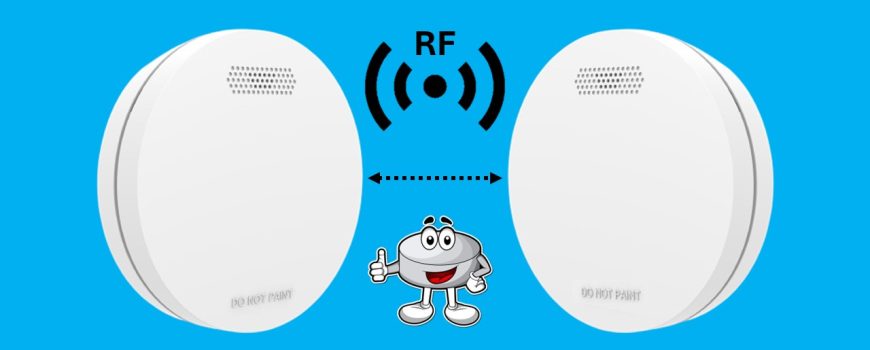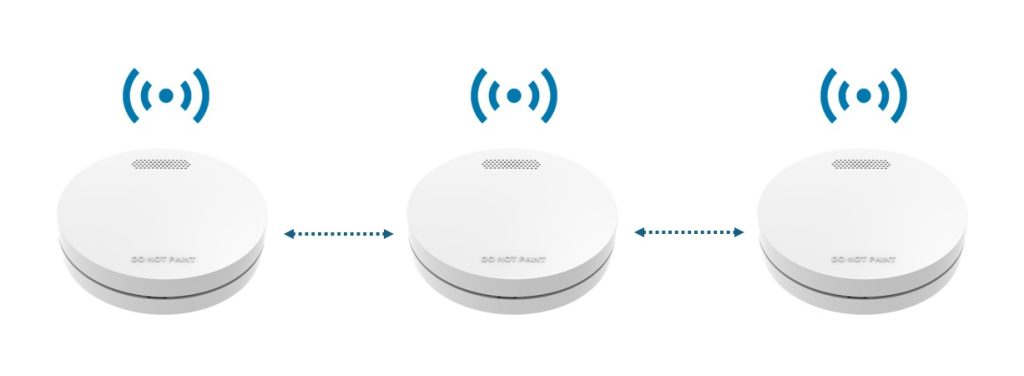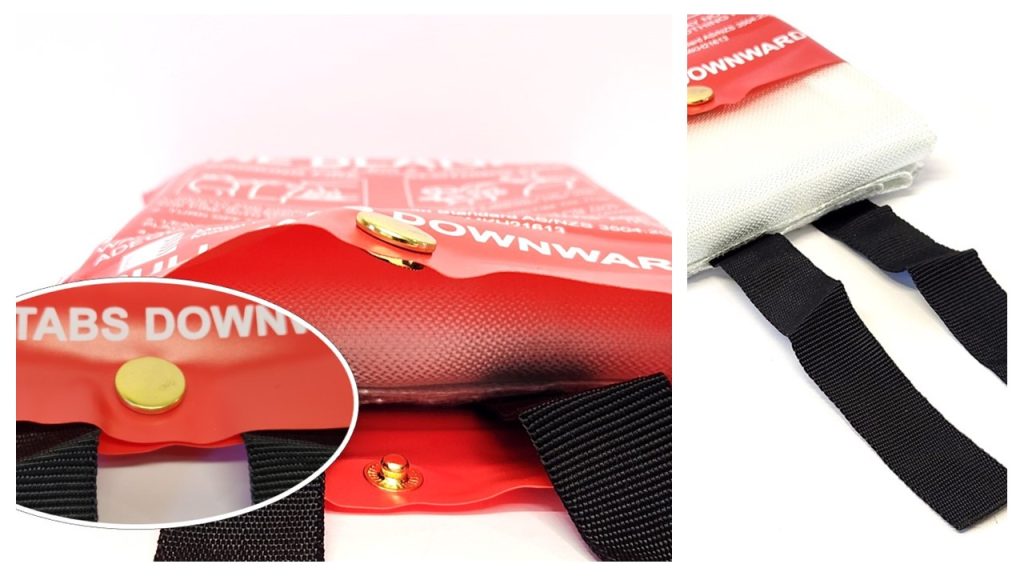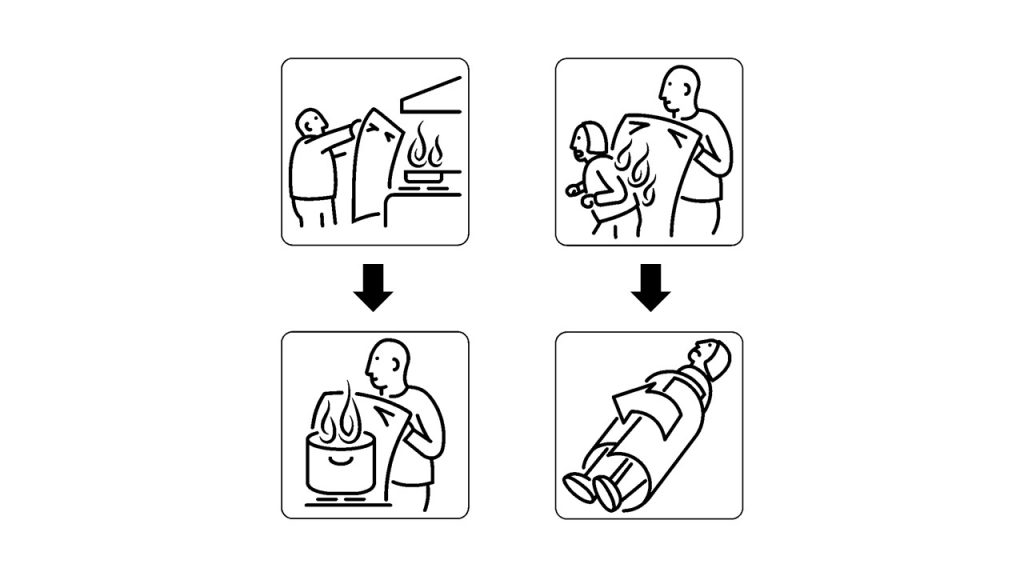Wireless interconnected smoke alarms are essential for home safety, but how much of what you know about them is actually true? In this first knowledge series article, we’re separating fact from fiction as we debunk the top myths surrounding wireless interconnected smoke alarms. From misconceptions about placement to myths about maintenance, we’ll dispel the rumours and urban myths to help you protect your home and loved ones more effectively. Get ready to discover the surprising truth behind wireless interconnected smoke alarms – no fake news here!

MYTH 1: Wireless Interconnected Smoke Alarms
Require The Internet To Function
REALITY: ZEN wireless interconnected smoke alarms do not require internet as they are not a wifi smoke alarm nor are they Bluetooth smoke detectors. The connection and pairing process for our interconnected photoelectric smoke alarms is achieved using wireless radio frequency (RF) transmissions and a tiny yet effective RF transmitter inbuilt into each fire alarm. No internet? No worries. It’s not required for your ZEN interconnected photoelectric smoke alarms as they are not a wifi smoke alarm.
MYTH 2: Wireless Interconnected Smoke Alarms
Are Unsuitable For Large Multi-Story Dwellings
REALITY: ZEN wireless interconnected smoke alarms can be separated by a distance of 30m between each smoke alarm and still function within a large 100m free-field range without being compromised. These advanced alarms can be installed upstairs, downstairs, and even between solid concrete walls and floors—that’s exactly what they are designed to do! Wireless interconnected smoke alarms are highly suitable for large multi-story dwellings, ensuring comprehensive fire protection across all levels. Their strong wireless connectivity allows seamless communication, providing early warning alerts throughout the home, no matter its size or layout. Reliable, efficient, and built for superior safety!
MYTH 3: Wireless Interconnected Smoke Alarms
Last Forever
REALITY: All wireless interconnected smoke alarms have a finite lifespan. Irrespective of what brand you own, after 10 years, the sensors can wear down or become coated in dust, making them less reliable and potentially compromising your safety. Regular maintenance can help extend functionality, but replacement is essential. Check the manufacture date printed on the back of your photoelectric smoke alarm and replace them when they reach that 10-year mark. Upgrading to new alarms ensures optimal performance, compliance with fire safety regulations, and the best possible protection for your home and loved ones. Don’t take chances—replace outdated alarms today!

MYTH 4: Wireless Interconnected Smoke Alarms
Will Trigger The Alarms In My Neighbour’s Property
REALITY: This is not possible. Even though most wireless interconnected smoke alarms communicate on the same radio frequency (433.92 MHz), they are uniquely ‘coded’ to each other via a master smoke alarm within each network. This unique code prevents wireless interconnected smoke alarms in one property from accidentally activating smoke detectors in any adjoining property, eliminating the risk of false alarms between neighbouring homes. Each system operates independently, ensuring that only alarms within the same coded network will trigger together. This advanced technology guarantees reliable performance, making wireless interconnected smoke alarms a secure and efficient fire safety solution.
MYTH 5: Wireless Interconnected Smoke Alarms
Are Too Expensive
REALITY: All new technologies become cheaper over time and photoelectric smoke alarms are no exception. ZEN interconnected smoke alarms are high quality and very affordable, especially considering the life saving benefits they deliver. ZEN photoelectric smoke alarm bundle packs offer great savings via free delivery, a free smoke alarm remote control and a free fire blanket too! The 10-year sealed lithium battery also eliminates the annual cost of smoke alarm battery replacement.
MYTH 6: Smoke alarms Will Wake Me Up Instantly
REALITY: Many people assume they will wake up immediately when a smoke alarm sounds. However, studies show that deep sleepers, children, and individuals under the influence of alcohol or medication may not respond right away. This is why wireless interconnected smoke alarms are so important—when one alarm activates, all alarms sound throughout the house, increasing the chances of waking everyone up in time to escape safely.
MYTH 7: Smoke Alarms Only Need to Be Installed in Hallways
REALITY: While hallways are essential locations for smoke alarms installing alarms in every bedroom and on every story of the dwelling significantly increases safety. Fires can start anywhere, including inside bedrooms due to electrical faults or heating devices. By installing ZEN wireless interconnected smoke alarms in all sleeping areas and main living spaces, you ensure everyone gets an early warning, no matter where they are in the house.

MYTH 8: Wireless Interconnected Smoke Alarms
Drain Batteries Quickly
REALITY: Unlike older smoke alarms that required frequent battery changes, ZEN wireless interconnected smoke detectors come with a built-in, non-removable 10-year lithium battery. This means there is no need to replace batteries, reducing maintenance while ensuring your home remains protected 24/7 for a full decade.
MYTH 9: Cooking Fumes Will Set Off My
Wireless Interconnected Smoke Alarm
REALITY: Many people worry that interconnected smoke alarms will constantly trigger false alarms from cooking. However, modern photoelectric smoke detectors like ZEN are designed to be less sensitive to cooking fumes than older ionization alarms. By installing smoke alarms in appropriate locations—away from stoves and ovens but still within range to provide effective fire detection—you can enjoy reliable protection without constant false alarms.
MYTH 10: My House is New, So I Don’t Need
Interconnected Smoke Alarms
REALITY: Fires can happen in any home, regardless of its age. Electrical faults, unattended candles, cooking accidents, and other hazards can cause fires even in newly built houses. Queensland’s 2027 smoke alarm laws require all homes, new and old, to have interconnected photoelectric smoke detectors installed in every bedroom, hallway, and level. Investing in ZEN wireless interconnected smoke alarms now ensures your home is compliant and your family is protected well before the law takes effect.

We hope you have enjoyed part one of our two part knowledge series article. By debunking common smoke alarm myths we’re helping you to make informed smoke alarm purchasing decisions – for others it may simply help keep their wireless interconnected smoke alarms in tip-top shape!

Want to know more? Watch our ZEN Smoke Alarm YouTube channel or call us on 0478 596 402 today
We love talking smoke alarms!
ZEN Photoelectric Smoke Alarms
New Farm, QLD, 4005


